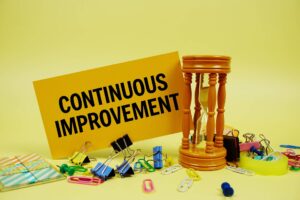Elevate Your Academic Institution with a Clear Vision and Effective Strategic Planning
Executive Summary
 In an era of rapid change and increasing complexity, higher education institutions must engage in strategic planning not as a periodic exercise, but as a continuous process rooted in purpose, adaptability, and bold leadership. Summit Academic Leadership Advisors (SALA) empowers institutions to sharpen their strategic focus, navigate challenges, and lead with clarity and confidence.
In an era of rapid change and increasing complexity, higher education institutions must engage in strategic planning not as a periodic exercise, but as a continuous process rooted in purpose, adaptability, and bold leadership. Summit Academic Leadership Advisors (SALA) empowers institutions to sharpen their strategic focus, navigate challenges, and lead with clarity and confidence.
Drawing from decades of executive leadership experience in higher education, SALA Advisors help institutional leaders articulate a compelling vision, foster campus-wide alignment, and implement strategies that drive measurable progress. This Blog demonstrates that, with expert coaching and customized support, your institution will be well-positioned to thrive in a competitive and evolving landscape.
The SALA Advantage: Transforming Vision into Institutional Excellence
Effective strategic planning is more than drafting a document—it’s about shaping a future. SALA Advisors guide institutions in crafting bold yet achievable plans that foster collaboration, strengthen capacity, and spark innovation. Our team brings the tools, experience, and insight to help academic leaders build resilient, forward-looking institutions.
Here’s how SALA can help you turn strategy into success:
- Vision & Blueprint – At the heart of any successful strategy is a compelling vision. SALA works with leadership teams to define or refine institutional vision statements and translate them into actionable strategic blueprints that guide decision-making and resource allocation.
- Facilitate visioning workshops and stakeholder input sessions
- Align institutional priorities with long-term mission and values
- Establish key goals, metrics, and implementation timelines
- Building Alliances – Institutional success is never achieved in isolation. SALA helps you cultivate strong internal and external partnerships that enhance capacity, increase impact, and support shared goals.
- Strengthen cross-departmental collaboration and alignment
- Build coalitions with the community, industry, and alum partners
- Create systems for stakeholder engagement and feedback
- Cooperative Ventures – Strategic collaboration with peer institutions can unlock powerful opportunities. SALA Advisors support the development of inter-institutional ventures that promote innovation and increase access to shared resources.
- Identify peer institutions for cooperative programming
- Establish partnerships for joint degrees, research, or shared services
- Develop governance models and memoranda of understanding (MOUs)
- Institutional Planning – SALA offers expert guidance in building comprehensive, integrated plans that align academic priorities, financial sustainability, student success, and infrastructure development.
- Conduct institutional assessments and environmental scans
- Align strategic, operational, and financial plans
- Support accreditation and governance alignment processes
- Compelling Communication – A great plan needs to be understood and embraced. SALA helps you craft and deliver your strategic message to internal and external audiences through storytelling, data visualization, and persuasive communications.
- Develop messaging frameworks for key audiences
- Train institutional leaders in strategic storytelling
- Create compelling visual and written collateral for stakeholder engagement
- Culture of Improvement – Strategic planning must be agile and iterative. SALA equips your institution to embed a culture of continuous improvement, enabling responsiveness, accountability, and innovation.
- Design data-informed performance tracking systems
- Facilitate regular strategy reviews and adjustments
- Encourage reflective practice and innovation across teams
 Lead with Purpose. Plan with Confidence.
Lead with Purpose. Plan with Confidence.
With Summit Academic Leadership Advisors as your strategic partner, your institution will be empowered to navigate uncertainty, inspire stakeholders, and build a stronger future. Together, we’ll help you shape a strategy that not only charts a course but also moves your institution forward with clarity and purpose.
Contact us today to discuss your Strategic Planning coaching needs. Visit www.SALAMentor.com to learn more about how SALA can help elevate your institution. Let’s take the next step in academic leadership—together.



 Higher education institutions must prepare students to become engaged global citizens and leaders in a rapidly global world. Developing robust international education programs enhances academic offerings and faculty research and strengthens an institution’s competitiveness and reputation. Summit Academic Leadership Advisors (SALA) partners with institutions to expand their global footprint, create life-changing opportunities, and foster a vibrant international campus culture.
Higher education institutions must prepare students to become engaged global citizens and leaders in a rapidly global world. Developing robust international education programs enhances academic offerings and faculty research and strengthens an institution’s competitiveness and reputation. Summit Academic Leadership Advisors (SALA) partners with institutions to expand their global footprint, create life-changing opportunities, and foster a vibrant international campus culture. Summit Academic Leadership Advisors (SALA) helps higher education institutions take bold steps toward meaningful internationalization. With personalized coaching and actionable strategies, we’ll help you create lasting global impact and equip your campus community for a future without borders.
Summit Academic Leadership Advisors (SALA) helps higher education institutions take bold steps toward meaningful internationalization. With personalized coaching and actionable strategies, we’ll help you create lasting global impact and equip your campus community for a future without borders.
 Higher education institutions must adapt their fundraising strategies to ensure long-term sustainability in a time of increasing financial pressures, limited state and federal funding, and rising expectations for academic innovation. Summit Academic Leadership Advisors (SALA) partners with institutions to strengthen their financial future through expert fundraising and institutional development guidance. Our veteran academic leaders bring decades of experience and proven success in helping colleges and universities secure vital resources.
Higher education institutions must adapt their fundraising strategies to ensure long-term sustainability in a time of increasing financial pressures, limited state and federal funding, and rising expectations for academic innovation. Summit Academic Leadership Advisors (SALA) partners with institutions to strengthen their financial future through expert fundraising and institutional development guidance. Our veteran academic leaders bring decades of experience and proven success in helping colleges and universities secure vital resources. Fundraising is both an art and a science that requires vision, strategy, and leadership. Summit Academic Leadership Advisors are ready to help your institution build a resilient financial future by transforming its fundraising capabilities.
Fundraising is both an art and a science that requires vision, strategy, and leadership. Summit Academic Leadership Advisors are ready to help your institution build a resilient financial future by transforming its fundraising capabilities.
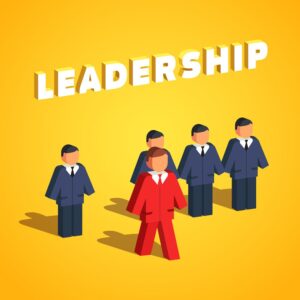 At Summit Academic Leadership Advisors (SALA), we believe that exceptional leadership is the foundation of thriving academic institutions. Our team of seasoned advisors brings decades of real-world experience to help higher education leaders navigate challenges, seize opportunities, and achieve lasting success. This Blog summarizes how our expertise and intensely collaborative, strategic, and supportive approach to leadership development and institutional advancement sets us apart.
At Summit Academic Leadership Advisors (SALA), we believe that exceptional leadership is the foundation of thriving academic institutions. Our team of seasoned advisors brings decades of real-world experience to help higher education leaders navigate challenges, seize opportunities, and achieve lasting success. This Blog summarizes how our expertise and intensely collaborative, strategic, and supportive approach to leadership development and institutional advancement sets us apart.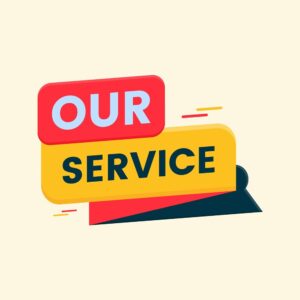
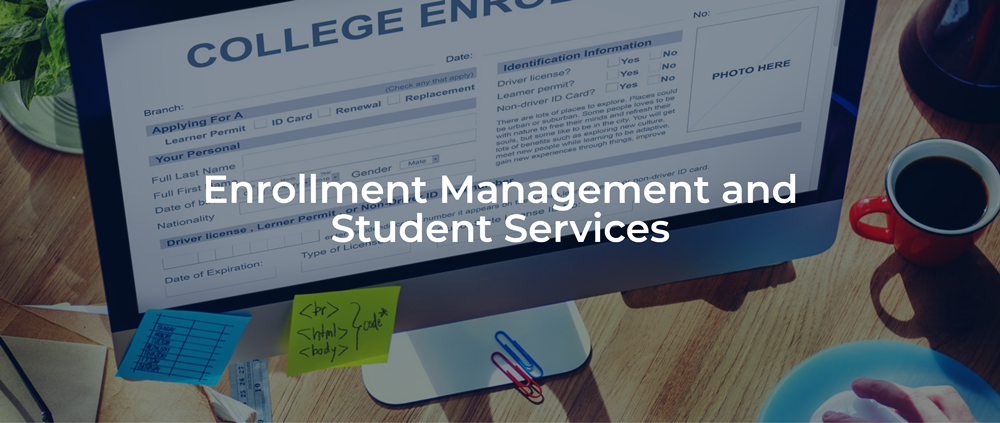
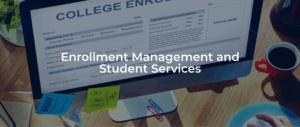 In today’s competitive higher education landscape, institutions face increasing pressure to attract, enroll, and retain high-caliber students while ensuring they thrive throughout their academic journey. With decades of leadership experience in enrollment management and student success, Summit Academic Leadership Advisors (SALA) partners with institutions to build strategic, student-centered environments that drive long-term growth and institutional excellence.
In today’s competitive higher education landscape, institutions face increasing pressure to attract, enroll, and retain high-caliber students while ensuring they thrive throughout their academic journey. With decades of leadership experience in enrollment management and student success, Summit Academic Leadership Advisors (SALA) partners with institutions to build strategic, student-centered environments that drive long-term growth and institutional excellence.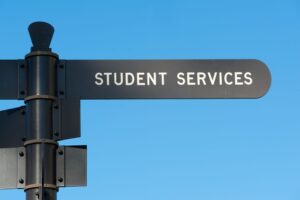 – Student services must evolve from transactional support to transformative engagement. SALA helps institutions reimagine their student service models to deliver personalized, responsive, and holistic experiences.
– Student services must evolve from transactional support to transformative engagement. SALA helps institutions reimagine their student service models to deliver personalized, responsive, and holistic experiences.
 At Summit Academic Leadership Advisors (SALA), we bring together a team of veteran higher education leaders, each with decades of experience across a wide range of senior academic roles. Our advisors partner confidentially and closely with clients in person and virtually to help address challenges, seize opportunities, and drive institutional success.
At Summit Academic Leadership Advisors (SALA), we bring together a team of veteran higher education leaders, each with decades of experience across a wide range of senior academic roles. Our advisors partner confidentially and closely with clients in person and virtually to help address challenges, seize opportunities, and drive institutional success. Let’s Take the Next Step in Academic Leadership, Together
Let’s Take the Next Step in Academic Leadership, Together
 This Blog outlines a vision for a dynamic higher education landscape led by a collective of inclusive, adaptable, and visionary leaders. It explores the importance of empowering these leaders to navigate complex challenges, cultivate vibrant campus communities, and drive sustainable success. Key strategies and best practices for fostering such leadership are discussed.
This Blog outlines a vision for a dynamic higher education landscape led by a collective of inclusive, adaptable, and visionary leaders. It explores the importance of empowering these leaders to navigate complex challenges, cultivate vibrant campus communities, and drive sustainable success. Key strategies and best practices for fostering such leadership are discussed.


 Institutions face many challenges and opportunities in the rapidly evolving landscape of higher education. Effective leadership is crucial for navigating these complexities and driving institutional success. Summit Academic Leadership Advisors (SALA) brings together a team of veteran leaders with decades of experience in diverse senior academic roles. This Blog summarizes the way we work closely and confidentially with clients, both in person and virtually, to address their challenges and unlock opportunities for advancement.
Institutions face many challenges and opportunities in the rapidly evolving landscape of higher education. Effective leadership is crucial for navigating these complexities and driving institutional success. Summit Academic Leadership Advisors (SALA) brings together a team of veteran leaders with decades of experience in diverse senior academic roles. This Blog summarizes the way we work closely and confidentially with clients, both in person and virtually, to address their challenges and unlock opportunities for advancement.


 Senior academic leaders in higher education face various multifaceted and intricate challenges, including data-driven decision-making, strategic planning, and navigating complex campus environments. These leaders often require support beyond their internal colleagues’ capabilities. Engaging with experienced external consultants provides access to specialized expertise, impartial viewpoints, and confidential consultations, empowering leaders to make well-informed decisions and skillfully navigate complex situations. This Blog explores the critical needs of senior academic leaders and the benefits of leveraging external consulting to address these needs effectively.
Senior academic leaders in higher education face various multifaceted and intricate challenges, including data-driven decision-making, strategic planning, and navigating complex campus environments. These leaders often require support beyond their internal colleagues’ capabilities. Engaging with experienced external consultants provides access to specialized expertise, impartial viewpoints, and confidential consultations, empowering leaders to make well-informed decisions and skillfully navigate complex situations. This Blog explores the critical needs of senior academic leaders and the benefits of leveraging external consulting to address these needs effectively. Strategic Planning
Strategic Planning

 Given changing landscape of higher education, institutions face numerous challenges that require strategic foresight, effective problem-solving, and a commitment to continuous improvement. Together, we can help institutions develop clear and achievable strategic plans, navigate complex situations, and empower faculty and staff to ensure continuous growth and improvement. This Blog explores these key areas and provides actionable recommendations for institutions striving for excellence.
Given changing landscape of higher education, institutions face numerous challenges that require strategic foresight, effective problem-solving, and a commitment to continuous improvement. Together, we can help institutions develop clear and achievable strategic plans, navigate complex situations, and empower faculty and staff to ensure continuous growth and improvement. This Blog explores these key areas and provides actionable recommendations for institutions striving for excellence.